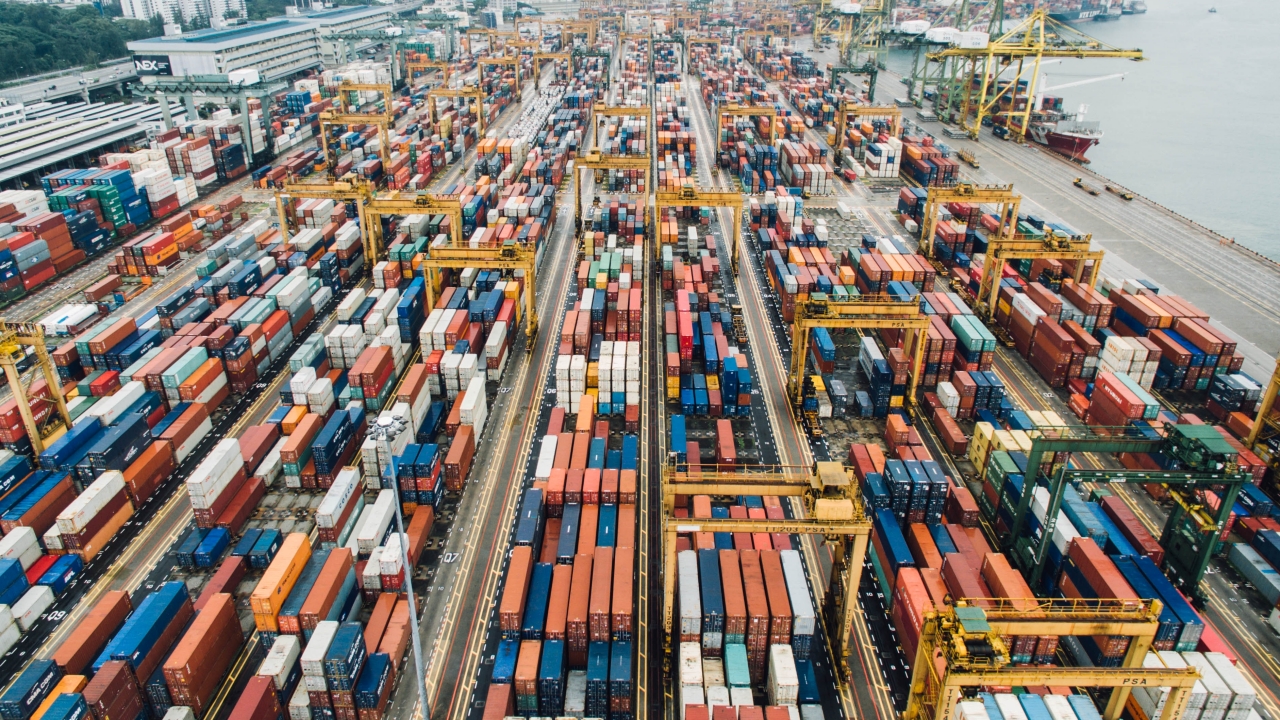
One in three small to medium-sized enterprises (SMEs) deal with imports and exports. That’s a third of the most vibrant part of the economy relying on international trade.
Working in import/export means dealing with a lot of foreign exchange. Any company doing this will have both contracts and payments using different currencies, legal systems, and business cultures from the ones they’re used to. It can make things messy and difficult.
Despite the importance of import/export to SMEs, many of them struggle in this market, especially as new actors. There are several reasons for this. Fortunately, there’s also an opportunity for payment providers to provide solutions.
Trading Volumes
By their nature, SMEs trade in smaller volumes of goods than their larger, more established competitors. This might sound like it would make import/export easier, as there’s less to deal with. In fact, it’s a major drawback.
The profit margins on import/export work are often relatively small. For a large business, this isn’t such a big problem. A small percentage return on a large deal is still a large return overall. But for SMEs, this means that money is often tight.
As a result, SMEs are very vulnerable to the costs incurred in their business. Work by the British Chambers of Commerce has shown that the most common concerns of leaders of these businesses include managing duty, VAT, and freight payments. While margins are slim, there isn’t a lot of money to cover the bills, and if those bills rise then they’ll struggle.
This is particularly problematic if an unexpected cost comes up or there are delays in a payment. When you’re working on a knife edge, with only a carefully calculated cashflow plan between you and oblivion, the slightest knock to that plan could spell disaster.
Then there’s the issue of exchange rates. These can be hugely variable over time and depending upon what bank you’re with. Banks can vary hugely in the rates they use. The variations between them and the way these are established are far from transparent. An SME whose bank sets a relatively high rate, or whose deal goes through at a bad time for exchange rates, can suffer a significant loss of profits. That’s a loss the company may struggle to recover from.
This is why currency fluctuations are one of the most cited concerns of SME owners – they can make all the difference between profit and loss.
The Question of Trust
There’s also a question of trust. Larger organisations have their own representatives on the ground in different parts of the world, as well as access to support from large multinational banks. They can make the most of this to build relations with local bodies they can trust. And of course their high price lawyers can produce contracts so water tight that trust never enters the equation.
For SMEs, it’s more difficult. Doing business in another country, they have to trust to local contacts and institutions they may have very little contact with. These local institutions may be responsible for pricing and exchange rates. They could even provide an alternative option for currency exchange. But the exporter will struggle to trust them and they’ll struggle to trust the exporter, because they can’t build the same strong relationships.
This can be particularly problematic because of the nature of international contracts. The terms and jurisdictions have to be agreed between the different parties to ensure that both products and cash flow smoothly. But this can get very messy, with unclear and even inconsistent terms. If different parts of the deal are overseen by different rules and authorities, enforcing it could become a nightmare.
This adds to the financial problems for SMEs. Their money can become tied up in long contract terms, either because they misunderstood the terms they were dealing with or because of deposits and payment terms used in place of trust.
SMEs frequently misjudge the level of expertise they’ll need to successfully enter a foreign market. Without the financial flexibility, international clout, and ability to hire in-house experts that large companies have they are at risk of running into serious financial trouble.
Helping SMEs Through Their Import/Export Woes
This is an area where banks and payment providers could help themselves and the SMEs.
If they provide a business model that helps SMEs with their import/export woes, then they could attract the custom of all those companies living on a knife edge. Clear, reasonable exchange rates, help with cash flow, and transparent business terms would make a huge difference to the SMEs. Services scaled to their needs, with fees related to the size of their business, would make smaller providers more attractive than the big institutions, which are set up to work with larger companies. Even help in making connections on the ground, through partnerships or branches abroad, would make it easier for businesses to trade across international lines.
By following this path, providers wouldn’t just help the SMEs. If their customers grow then so will their profits, despite taking lower fees than other providers might have done. And by providing a services SMEs need they’ll draw in an enthusiastic and growing customer base. They can build the bonds of trust that are so badly needed.
A problem for SMEs had created an opportunity for payment providers, and a chance for both to see their profits soar.
